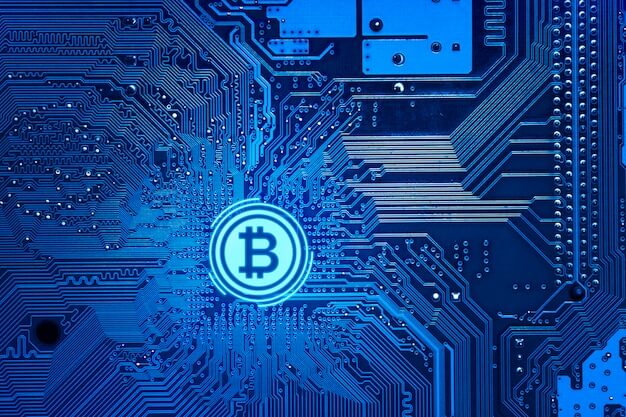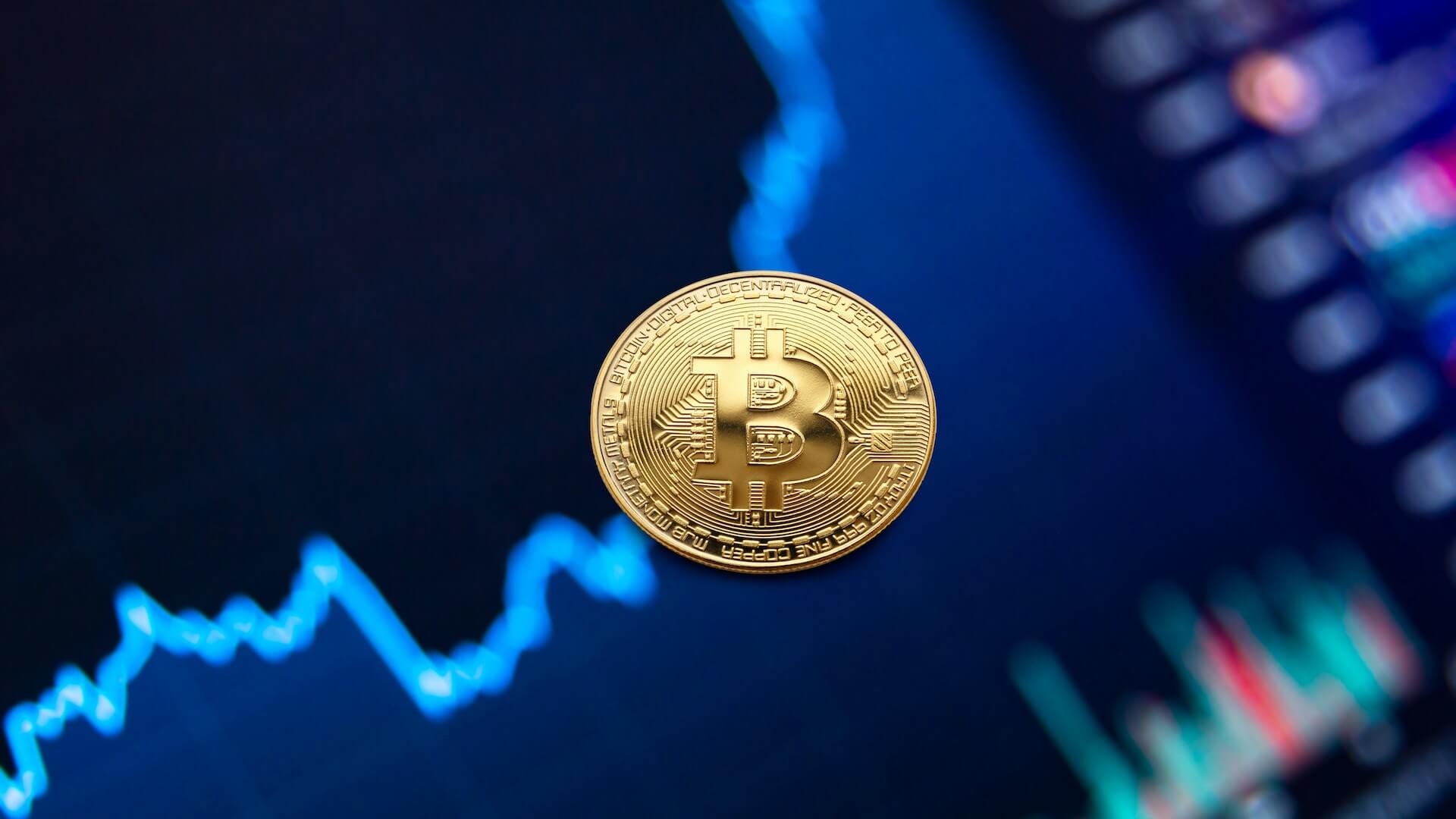
Bitcoin is a cryptocurrency that relies on computer networks to verify transactions.
What is the hash rate?
The hash rate refers to the total computing power used to mine and process transactions on the workload proof blockchain. It is the number of calculations performed by these machines in one second. This indicator shows the health and security of Bitcoin, because it measures how many people are mining and how powerful their hardware is.
The higher the hash rate, the more secure the network
The higher the number, the safer and healthier the network becomes. For example, 51% attack means that a single individual or a group of attackers buy or rent enough mining equipment to control more than 50% of the blockchain hash rate. Since the blockchain does not need trust and follows the rule known as the "longest chain rule", individuals or groups that control most of the hash rates can theoretically prevent or restructure transactions, or even revoke their own payments. This will lead to double expenditure problems, which will completely destroy the integrity of the underlying blockchain. Therefore, a decrease in the hash rate means that the cost of executing 51% attacks is reduced, making the network more vulnerable to attacks.

The hash rate is directly related to the price of Bitcoin
The network hash rate is directly related to the price of Bitcoin. The higher the price of Bitcoin, the more miners try to mine it, and the higher their hash rate.
In the short history of Bitcoin, more and more miners have joined the competition, pushing up the hash rate.
What causes the bitcoin network hash rate to increase?
As long as mining remains profitable, miners must increase new mining capacity at a rate equal to or higher than the previous increase so that they can continue to make money at current prices. Otherwise, if they cannot make enough profit from their equipment, they will have no choice but to close their business. Low network hash rate means that the profitability of miners is low. Therefore, more people will stop mining.
As new miners go online and existing miners upgrade their hardware, computing power may increase. As more and more people enter cryptocurrency mining, the demand for hash computing power is growing. More computing power means higher network security and higher profitability of miners. As Bitcoin is a game of supply and demand, we can expect this trend to continue as long as people are interested in cryptographic mining.
The most likely reason for new miners to join the competitive field is that Bitcoin has high price potential. Of course, the network hash rate is only one factor that affects the price of Bitcoin. There are many other factors that also play a role, including speculation and market sentiment.





